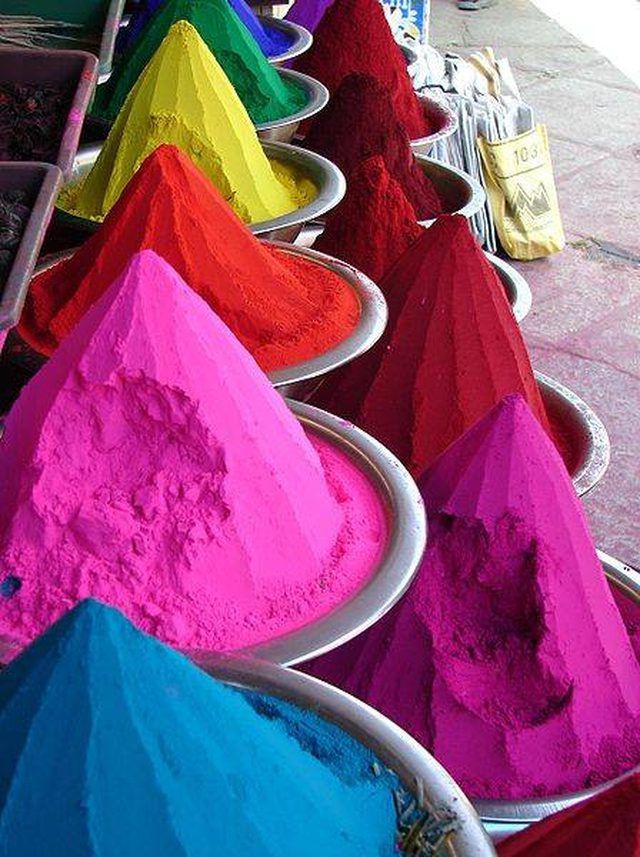Bulbs
Flower Basics
Flower Beds & Specialty Gardens
Flower Garden
Garden Furniture
Garden Gnomes
Garden Seeds
Garden Sheds
Garden Statues
Garden Tools & Supplies
Gardening Basics
Green & Organic
Groundcovers & Vines
Growing Annuals
Growing Basil
Growing Beans
Growing Berries
Growing Blueberries
Growing Cactus
Growing Corn
Growing Cotton
Growing Edibles
Growing Flowers
Growing Garlic
Growing Grapes
Growing Grass
Growing Herbs
Growing Jasmine
Growing Mint
Growing Mushrooms
Orchids
Growing Peanuts
Growing Perennials
Growing Plants
Growing Rosemary
Growing Roses
Growing Strawberries
Growing Sunflowers
Growing Thyme
Growing Tomatoes
Growing Tulips
Growing Vegetables
Herb Basics
Herb Garden
Indoor Growing
Landscaping Basics
Landscaping Patios
Landscaping Plants
Landscaping Shrubs
Landscaping Trees
Landscaping Walks & Pathways
Lawn Basics
Lawn Maintenance
Lawn Mowers
Lawn Ornaments
Lawn Planting
Lawn Tools
Outdoor Growing
Overall Landscape Planning
Pests, Weeds & Problems
Plant Basics
Rock Garden
Rose Garden
Shrubs
Soil
Specialty Gardens
Trees
Vegetable Garden
Yard Maintenance
How to Make Colored Concrete Pavers
How to Make Colored Concrete Pavers. Colored concrete pavers add visual interest to your garden path, driveway or patio. Create colorful patterns of your own design or use a monochrome approach. Making the pavers yourself is a way to save money, or you can purchase rubber forms in a variety of sizes and shapes. Choose from a wide variety of acrylic...

Colored concrete pavers add visual interest to your garden path, driveway or patio. Create colorful patterns of your own design or use a monochrome approach. Making the pavers yourself is a way to save money, or you can purchase rubber forms in a variety of sizes and shapes. Choose from a wide variety of acrylic dyes to create the look you want.
Things You'll Need
1/2 inch wood
(12) 1 1/4-inch nails
Hammer
Motor oil
Concrete
Concrete dye
Plastic sheeting
Extra board (for flattening paver surface)
Make Your Own Colored Pavers
Decide on the size and shape of your paver. Heavy pavers are recommended as they're more stable, longer lasting and less likely to shift. A heavy paver should be at least two inches thick. Sketch out a pattern, and decide on the colors or color you want to use.
Go to your neighborhood hardware store or to a home-improvement store for the concrete, concrete dyes and the wood you'll be using for your frame. Have the pieces cut to the correct dimensions at the store. A square paver form made of 1/2 inch wood should have two shorter boards of the same dimension, and two boards that are each 1 inch longer, to create the perfect square when constructed.
Assemble a simple frame, creating joints at each corner with nails in three places at each joint. Dip a rag in motor oil and rub it along the full interior of the frame.
Set up a work area, complete with plastic sheeting and all the materials you'll need to mix the concrete and stir in the dye. Place the frame on the plastic sheeting.
Mix the concrete according to manufacturer's instructions. Add dyes while the concrete is wet, and stir it throughout the mixture. Follow all the directions on the packaging.
Pour the concrete into the paver form to the correct depth. Make sure the concrete is evenly spread. Use a tool for this purpose, or a board that's wider than the surface area. Allow the concrete to dry for the time that's stated on the package, typically two to three days, before releasing it from the form.